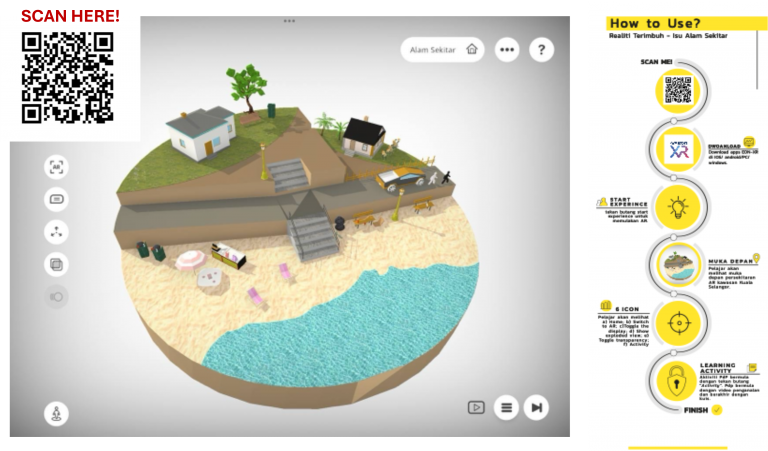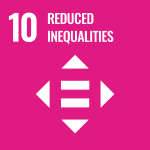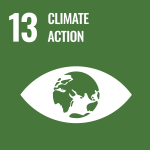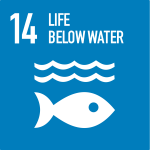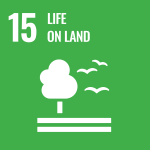Augmented Reality is used as learning media to assist students in understanding climate change issue in Kuala Selangor to increase their global competencies. The teaching instrument framework was designed using Fusion 360, SketchUp, Reality Composer, Virtual, and Eon-XR software. Implementing augmented reality to identify environmental issues affecting climate change has yielded positive outcomes. Students have displayed proficiency in using technology and a deeper understanding of climate change.
This study provides an example of the use of new technology that has the potential to improving education quality in Malaysia. In addition, this research shows the impact of using AR in the teaching and learning process about environmental issues that have an impact on climate change.
The progress of the fourth industrial revolution (IR 4.0) has paved the way for the emergence of new technologies. There is a need to understand global efficiency in coping with climate change by using new technologies. Augmented reality (AR) technology provides an example of the use of new technology that has the potential to improve the quality of education in Malaysia. Augmented reality applications as learning tools aim to facilitate learning about environmental issues that can cause climate change. The augmented reality developed in the Eon-Xr application contains learning videos, storyboards, and quizzes that students can answer. Augmented reality has various activities that students can do individually and in groups. Using Augmented Reality as a learning medium will facilitate students and teachers in identifying existing issues and improving them.
| TEMPORAL COVERAGE | : | December 2019 until November 2023 |
| TEMPORAL FREQUENCY | : | One-off |
| SPATIAL COVERAGE | : | Lembah Klang, Selangor |
| SPATIAL RESOLUTION | : | – |
| VARIABLES | : | – |
MyIKLIM database. Available online: https://myiklimysd.ukm.my/ecsh_002_ikl/ [accessed on: enter date]
| CONTACT PERSON | : | Setia Erlila Refman Adrus (P97999@siswa.ukm.edu.my / setiaerlila@gmail.com) |
| FUNDING INFORMATION | : | The author would like to thank the Ministry of Higher Education for providing research grant TRGS/1/2019/UKM/01/3/2 |
| REFERENCE | : | https://share.eon-xr.com/lesson/531/404784 |

